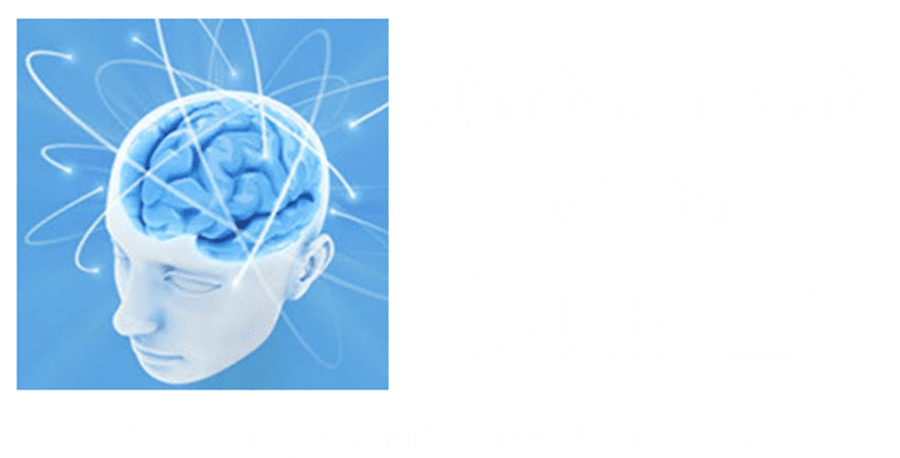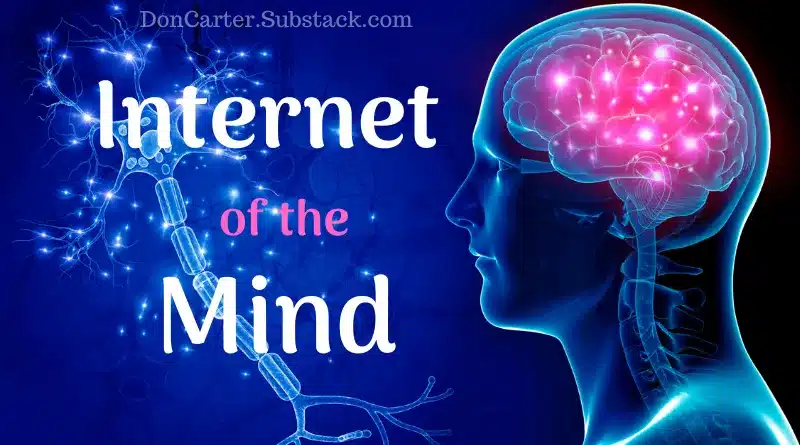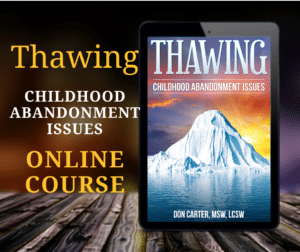
Motivation Theories – What Makes Us Tick?

For example, if one of our mental filters is that we value working out and being in shape but we can’t seem to find the time or energy to actually do it – what is it that stops us? Perhaps we don’t want it bad enough? Or maybe we cannot see an adequate benefit of making the change. It could simply be that the change in question is not high enough on our list of priorities…
Perhaps the following brief summary of Cognitive Dissonance will help shed some light on our inaction.
Motivation Theories – Cognitive Dissonance Theory
A cognition is an element of knowledge – an attitude, emotion, belief, value, behavior, etc. When two cognitions are in direct conflict with one another a state of anxiety is produced – dissonance is the term for the anxiety.
Compatible cognitions are consonant – i.e. they are in harmony.
A classic example of Cognitive Dissonance is holding the belief that “smoking is bad for you” while continuing the behavior of smoking. These two cognitions are in direct conflict with each other. The belief that smoking is bad is part of one neural network – perhaps associated with health and fitness – while the behavior of smoking is part of another network having to do with tension management, how to hang with friends or the like.
So, these cognitions exist in different locations in the brain. Both are trying to accomplish something important for the self – tension management and hanging out with friends is important. When two cognitions are in conflict anxiety (dissonance) is produced and grows until it becomes stronger than the cognition with the lesser amount of resistance to change.
When this threshold is reached the subconscious mind is compelled to change, ignore, or modify the weaker of the two cognitions in order to dispel the anxiety. The processes of generalization, deletion, and distortion are used to acquire, invent, repress, or modify beliefs to fit better with the behavior – AKA Denial.
In the example of smoking and other addictions repression is a distortion that allows an offending belief that cannot be deleted – “smoking is bad for you” – to be ignored by pushing it out of awareness. When the subconscious mind does this for you without your conscious awareness it’s called repression. When you purposefully and consciously push it out of your awareness it’s called suppression.
Motivation Theories – Maslow’s Hierarchy of Needs
The American psychologist Abraham Maslow devised a six-level hierarchy of needs that motivate or drive human behavior. I believe that each of these needs must be met in order for one to achieve happiness. Maslow progressively ranks human needs as follows:
- Physiological – food, shelter, clothing
- Security and safety
- Love and feelings of belonging
- Competence, prestige, and esteem
- Curiosity and the need to know
- Self-Actualization
Maslow suggests that each preceding need must be met – at least to some degree – before one can go on to the next level. For instance, a child may not be motivated to pay attention in class if she is preoccupied with hunger because she did not get any breakfast that morning. Maslow refers to the first four levels as deficiency needs and the last two as growth needs. Deficiency needs that go unmet cause developmental deficits and pain. Unmet needs for growth cause apathy and stagnation – i.e. a lack of motivation.
Motivation Theories – Alderfer’s ERG Theory
Alderfer takes Maslow’s theory a little further by suggesting that the first two needs on Maslow’s Hierarchy are Existence needs, the second two are needs for Relatedness and the third pair of needs are growth-oriented needs. Alderfer’s theory builds on Maslow’s hierarchical model and states that these needs are the three primary motivator’s in our lives…Hence, the ERG theory.
- Existence – Survival Needs
- Relatedness – Separateness and Connectedness
- Growth – Learning Something New
Motivation Theories – Goal Theory
Goal Theory is built upon the assumption that people have drives to meet certain end states. They are motivated to do certain things as a means to achieve that end. Goal theory suggests three main elements determine the degree of motivation generated…
- Proximity – How much time is between initiation of the behavior and the achievement of the end state? In kids and teenagers, this is especially important because they do not yet have a good concept of time – this is why playing video games beats out learning algebra… they get the reward sooner.
- Degree of Difficulty – The “doing” of the behavior needs to be challenging yet achievable. Many kids do not do well in school if they are not challenged enough. Likewise, they don’t do well if the challenge seems insurmountable.
- Specificity – The end-state needs to be clearly defined and understandable. People need to be able to get a sense for what it looks like, sounds like, and feels like to have reached the end state.
Motivation Theories – Self-Determination Theory
Self-Determination Theory (SDT) is closely related to Maslow’s Theory with the exception SDT suggests that people do not operate on auto-pilot… Instead, they rely heavily on nourishment and support from their social environment to function effectively.
SDT presupposes that all people have a built-in tendency toward growth and development…that they strive to master challenges and to integrate their experiences into a coherent sense of self. According to Self-Determination Theory, there are three concepts that affect motivation:
- Autonomy – Separateness… “I can do it myself”
- Competence Feedback – Approval and Acknowledgment from significant others
- Relatedness – Connectedness… “I’m not alone”
Motivation Theories – Achievement Motivation Theory
David McClelland’s Achievement Motivation Theory proposes that the three factors influencing motivation are the need to achieve, the need for power, and the need for affiliation. Each of these needs varies in intensity from one person to the next.
- Need to Achieve – Varies on a continuum from low to high. This need is related to the degree of difficulty of tasks that a person chooses. Someone low in the need to achieve is more apt to choose tasks that are too easy – to avoid failure…or too hard – to avoid embarrassment if they fail. In either case, a fear of failure is present. Someone high in the need to achieve is more apt to choose tasks that are of moderate difficulty so as to be a challenge but not insurmountable.
- Need for Power – Those who are motivated by a need for power derive a sense of satisfaction from having an impact on their environment in a way that moves it in the direction that person would like to see it move. For example, A CEO feels satisfied by moving his company in a certain direction… or an advocate for a specific social change feels satisfied by making a contribution that moves things in that direction.
- Need for Affiliation – This need describes those who are motivated primarily by connecting and interacting with others are happiest when they feel a sense of belonging and involvement with a social group.
While we all experience each of these needs to some degree, we are usually motivated by one more than the others. This usually has to do with the rewards and reinforcements we received from the primary group in our childhood – i.e., Family.





